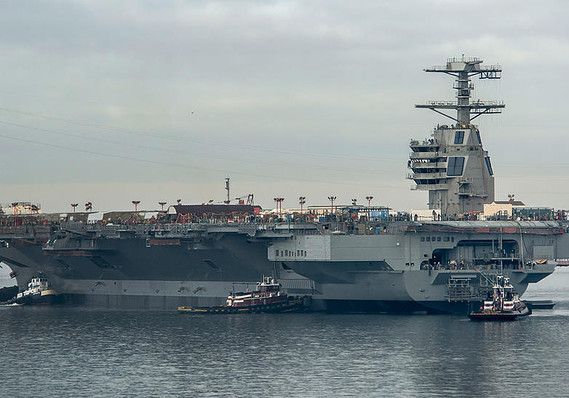We keep seeing cool aircraft designs. So why do modern aircraft look 50 years old?



Stanford’s μTug minibots are on a roll lately.
The latest battery of experiments at Stanford’s Biomimetics and Dextrous Manipulation Lab dealt with harnessing the power of ants in robot form— specifically, researchers hoped to replicate ants’ ability to work together to haul very heavy objects. In the experiments, robots that jump or walk with a quick, jerky force were quickly determined to be inefficient in groups, while the μTugs won out due to the longer duration of pulling force they were able to create with their tiny winches. If you’ve ever played tug of war than this strategy already makes intrinsic sense. Not only could the μTug smimc ants through teamwork, but they anchored themselves to the ground with an adhesive borrowed from gecko toes.
To prove just how powerful the robots are, scientists took a group of six μTugs—which can pull up to 52 pounds each —and had them move a full-sized car with a passenger inside. Did we mention the passenger was the author of the research paper? When those things start self-replicating, he’s going to be the first one they come after.
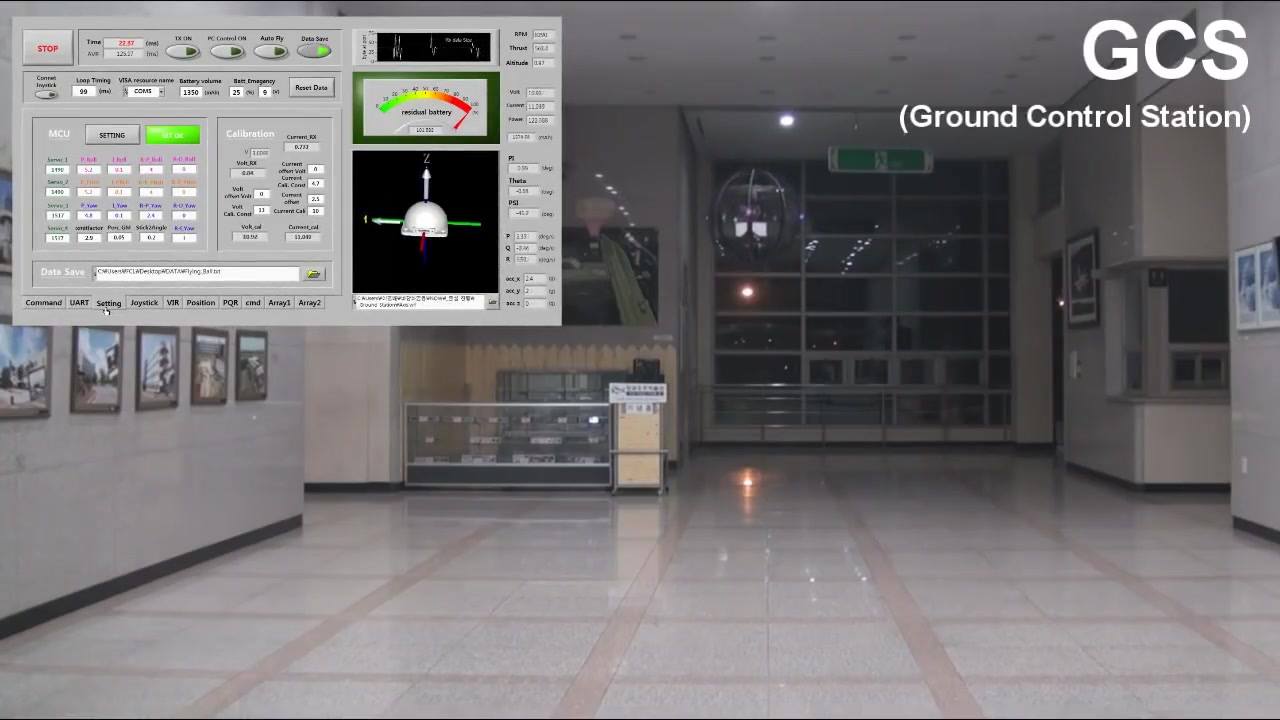

Researchers in the US have proposed a new form of wind power: small, artificial, mechanical trees capable of producing energy from their vibrations. Working with the natural breeze, or small movements caused by other factors, the scientists hope that new forms of renewable energy can be developed in the future.
The idea is to create a device that can convert random forces – whether that’s from the footfall of pedestrians on a bridge, or a passing gust of wind – into electricity that can be used to power devices. And the researchers have found that tree-like structures made from electromechanical materials are perfect for the task.
“Buildings sway ever so slightly in the wind, bridges oscillate when we drive on them and car suspensions absorb bumps in the road,” said project leader Ryan Harne from Ohio State University. “In fact, there’s a massive amount of kinetic energy associated with those motions that is otherwise lost. We want to recover and recycle some of that energy.”
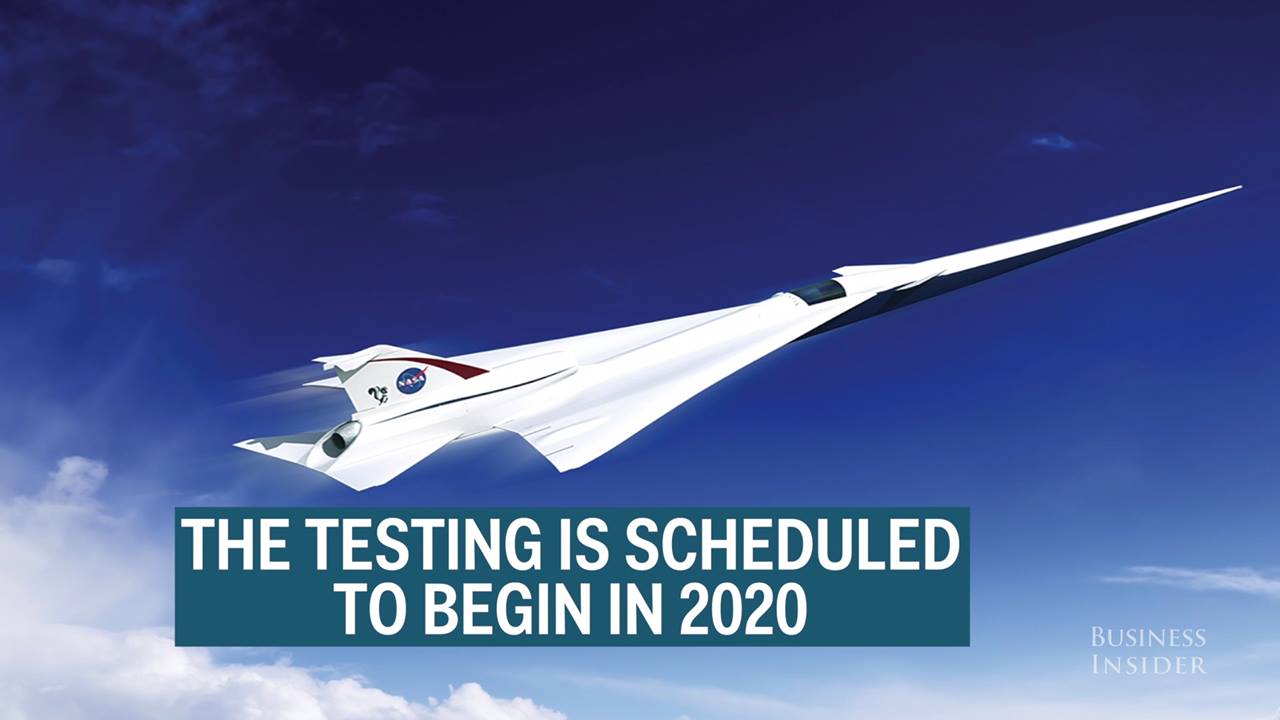

Your browser can’t play HTML5 video. Download it instead.
Our tech is engineered from the ground up with you in mind.
Slip and park between cars, get to work fast, and do it all safely, without fossil fuels.
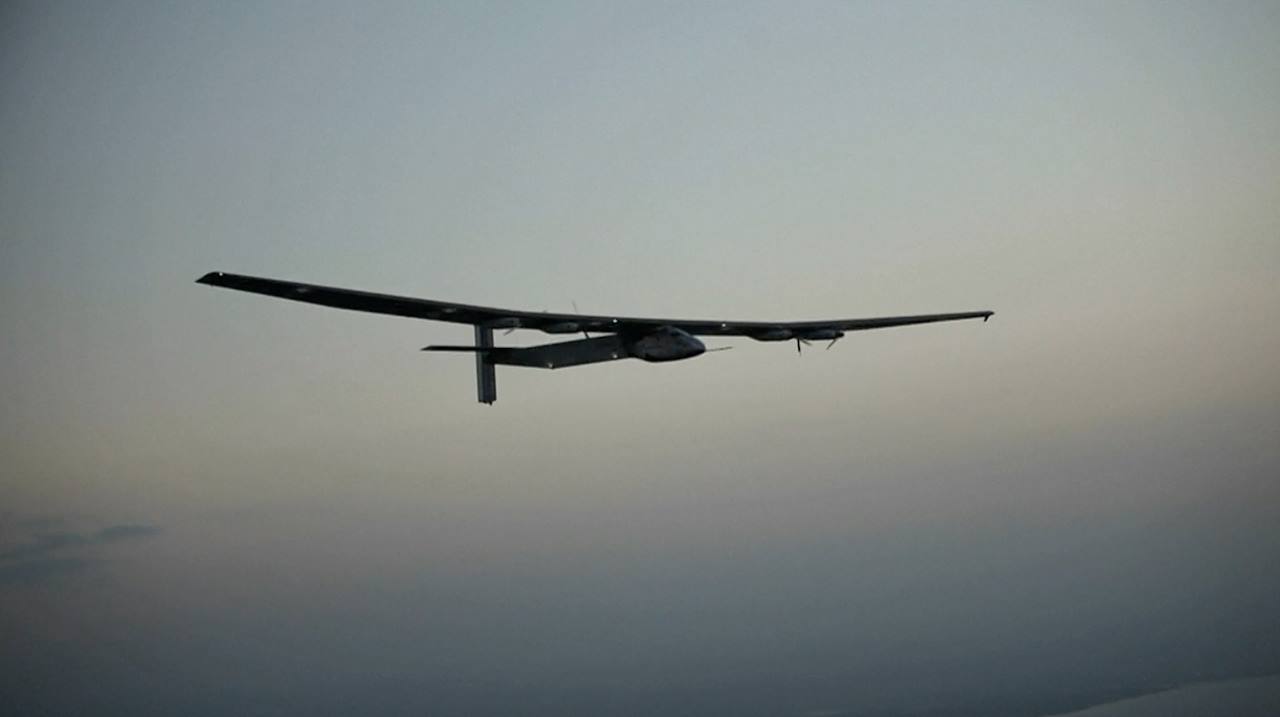

The Roll-Array is easily towable by a standard 4×4 vehicle such as a Land Rover. When connected to the back of the car, the flexible solar panels are pulled out of a spool and create ground cover in a matter of minutes. On their website, Renovagen claims the panels will be able generate up to 100kWp – 10 times more power than other transportable solar panels on the market today.

Not only is this new technology installed quickly, but the fuel cost savings during transportation is noteworthy. The tightly wound solar spools can be carried by the 4×4 vehicle attached to a small air pallet trailer in tow, which eliminates the need for large diesel generators.
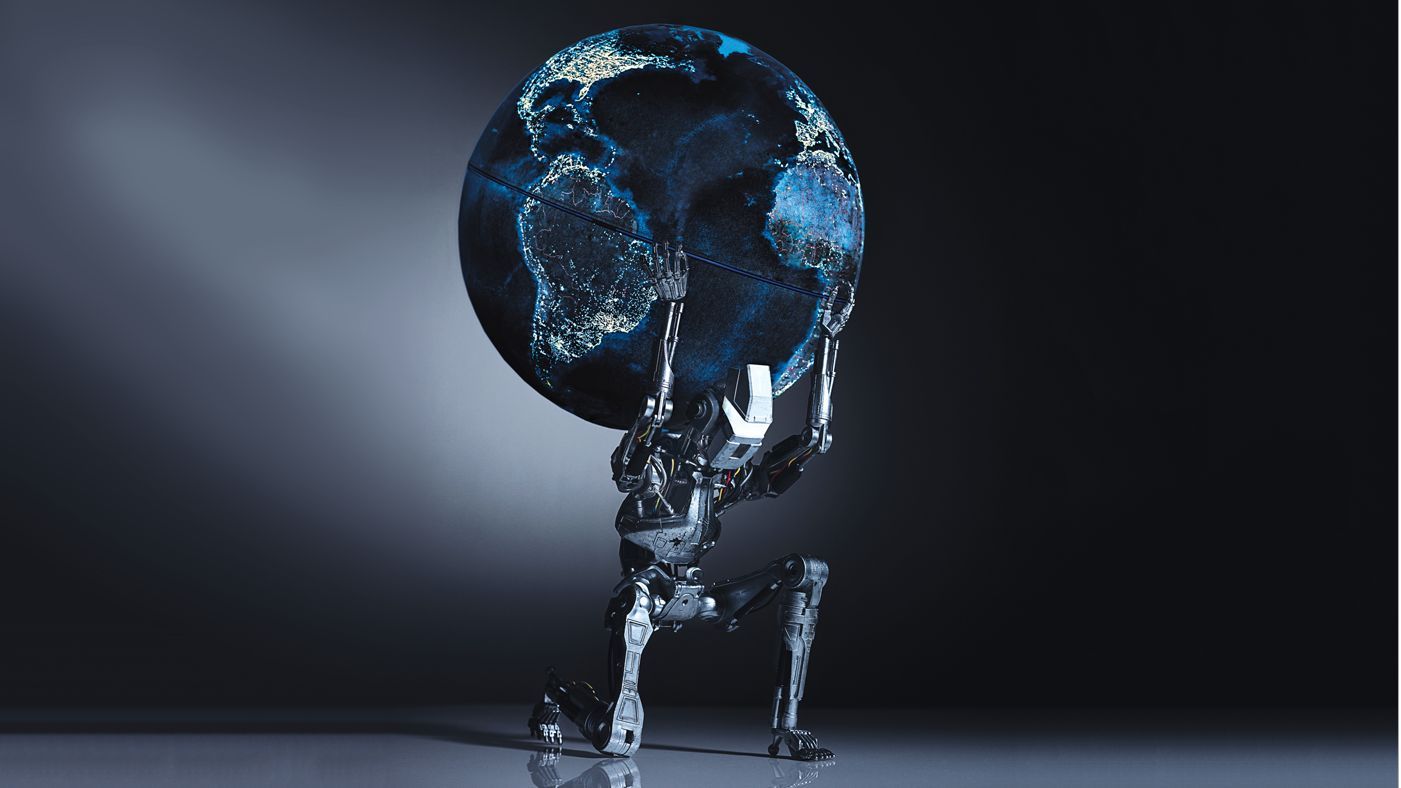
Jeff Goodell is a braver person than me. Goodell reports that the driverless car “still drives like a teenager” Personally, I would worry more about the ability to hack these cars in the middle of a major US highway going 60 to 70 mph and hackers abruptly shutting off the engine.
Self-driving cars, war outsourced to robots, surgery by autonomous machines – this is only the beginning.
